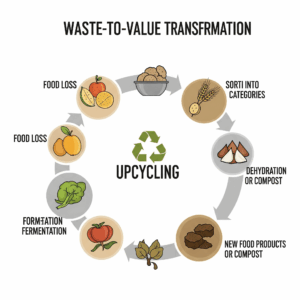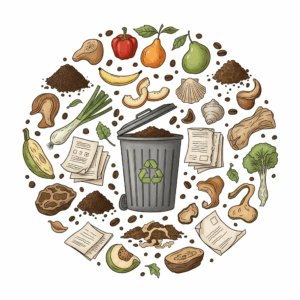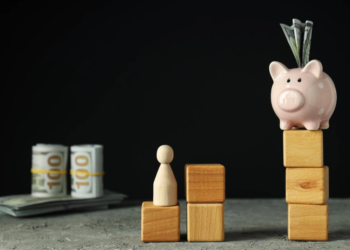What Is Upcycling Food Waste?
Upcycling food waste means turning ingredients that would otherwise be discarded—like bruised fruit, veggie peels, spent grains—into nutritious and delicious products . It differs from recycling by enhancing value, not just reusing materials.
Why Upcycling Food Waste Matters
Globally, around one‑third of food produced is lost or wasted, contributing significantly to greenhouse gases and resource depletion . Upcycling food waste lessens landfill methane emissions and conserves water, energy, and farmers’ labour .
Economic Opportunities in Upcycling Food Waste
Brands are harnessing freshen up food waste to create high‑value products like fiber‑rich snacks, powders, and baking mixes. Companies like Renewal Mill, Pulp Pantry, and Spudsy are leading the charge . The upcycled foods market is growing quickly—from about $53 billion in 2021 to nearly $97 billion by 2031 .
How Upcycling Food Waste Drives Innovation
Cutting‑edge methods like milling spent brewer’s grain into flour, converting coffee pulp into antioxidant powders, or dehydrating apple peels into snacks are redefining the food innovation landscape. These processes uphold nutrition while minimizing waste .
Challenges in Scaling Upcycling Food Waste
Despite the benefits, scaling up recycling food waste faces hurdles:
-
Sourcing dispersed waste streams can raise transport costs and emissions
-
Complex processing technologies and food safety regulation increase investment and operating costs
-
Public acceptance remains limited—survey data shows many consumers are still wary of “waste‑based” foods.
Upcycling Food Waste in the Circular Economy
recycling food waste is a key pillar of circular economy models: it reduces landfill, conserves resources, and creates new revenue streams . Major frameworks like the EPA’s Food Waste Scale now explicitly include upcycled foods as a preferred step after redistribution .
Case Studies: Success Stories of Upcycling Food Waste
-
Pulp Pantry transforms juice pulp into fiber-rich chips, diverting thousands of pounds from landfill .
-
In New York, Return Brewing produces beer from surplus bagels; Miller’s Thumb Bakery makes croutons from unsold bread .
-
Anheuser‑Busch InBev upcycles spent grain into protein and fibre ingredients for food brands like Nestlé .
Consumer Trends & Market Momentum
Demand for upcycled foods is mounting. Over 50% of consumers say they’re more likely to buy products with the official “Upcycled Certified” label . Certified brands under the Upcycled Food Association now exceed 480 products across more than 90 companies .
Strategies for Businesses Embracing Upcycling Food Waste
-
Partner with food manufacturers, brewers, farms, and retailers to access surplus streams
-
Invest in technologies like dehydration, milling, anaerobic digestion, or fermentation
-
Obtain Upcycled Certified label to build trust
-
Launch consumer education campaigns to overcome stigma
-
Integrate upcycling initiatives into ESG reporting and sustainability strategies
Environmental & Social Impact of Upcycling Food Waste
By reallocating surplus ingredients into edible products, recycling food waste fosters sustainability while helping feed more people. It reduces methane emissions, conserves resources, and can create jobs in local communities.
Why Upcycling Food Waste Is a Win‑Win
-
✅ Environmental impact: Cuts emissions, landfilling, and wasted resources
-
💼 Business growth: Opens new product categories and revenue streams
-
🌱 Consumer value: Offers nutritious snacks with eco‑credentials













